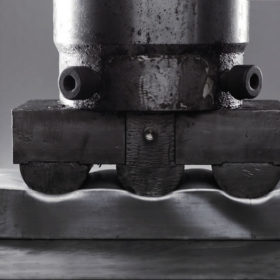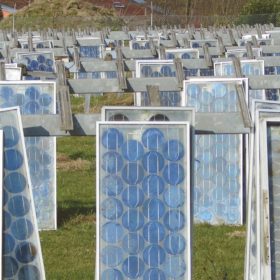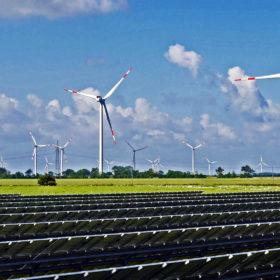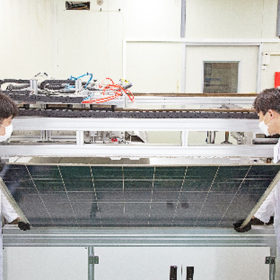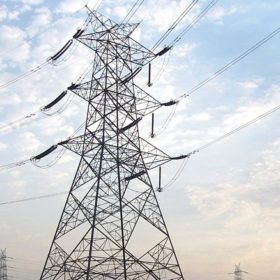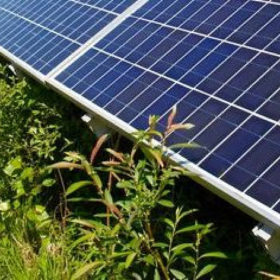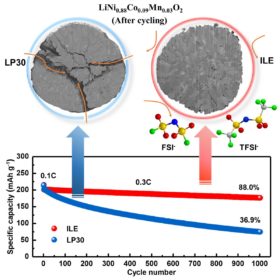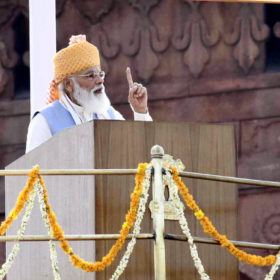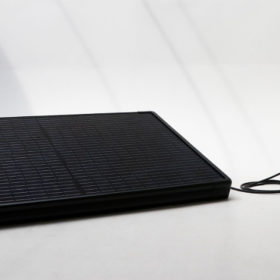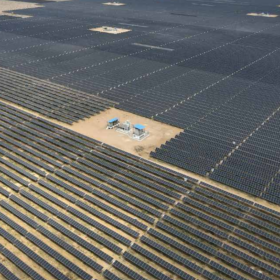Allox Minerals eyes scale-up of lithium battery material production, forward integration
Hyderabad-based Allox Minerals looks forward to scaling up lithium titanate (LTO) anode and lithium ferrophosphate (LFP) cathode material production for electric vehicle batteries as the demand arises. It produces these materials using the economical method developed by International Advanced Research Centre for Powder Metallurgy & New Materials (ARCI). The company is also keen on forward integration up to battery assembly.
Blockchain for PV module recycling
Next Energy and Marubeni are developing a blockchain tech for PV module inspection – with the support of the Japanese government – which they claim is able to provide data on a panel’s traceability and components as well as verifying that the data were not modified or tampered with.
Acme signs land pact for green hydrogen and ammonia plant in Oman
The Indian solar developer said the Oman facility would use 3 GWp of solar and 0.5 GWp of wind energy to produce 2,400 tons of green ammonia daily and approx. 0.9 million tons annually. Construction is planned in phases with an investment of $3.5 billion over the next three years.
Novel PV module recycling tech from South Korea
Developed by the Korea Institute of Energy Research (KIER), the “non-destructive” technology is claimed to enable the recovery of 100% of a module’s glass and to allow the reuse of silicon for producing new solar cells with an efficiency of 20.05%.
Australian researchers develop bifacial solar cell with 96.3% bifacial factor
Australian National University researchers claim to have set a world record for bifacial solar cell efficiency that they say could boost the energy output of solar farms by 30%.
Siemens deploys smart metering technology for Tata Power-DDL customers
Siemens has deployed its EnergyIP meter data management system for over 2,00,000 smart meters in North Delhi, enabling the timely and accurate collection of electricity meter data digitally. The advanced metering infrastructure will pave the way for the deployment of Smart Grids across the country.
Cooling PV modules with plants, coir pith
An Indian-Malaysian research group has investigated the effectiveness of several passive cooling techniques for solar panels, including the placement of plants around the modules or coir pith underneath them, both of which, surprisingly, offered good performance in terms of temperature reduction and power yield.
Lithium-metal battery with capacity retention of 88% over 1,000 cycles
German scientists have applied a new combination of cathodes and electrolytes to improve the stability of lithium-metal batteries. They fabricated a device with an energy density of 560 watt-hours per kilogram and a Coulombic efficiency of 99.94%.
Prime minister Narendra Modi announces National Hydrogen Mission
The prime minister said green hydrogen would play a significant role in achieving India’s decarbonization goals. He also announced the nation’s ambitions to become a global hub for green hydrogen production and export.
Plug-and-play solar module from the Netherlands
Supersola has developed a 315 W, half-cut monocrystalline PV module. It costs €699 and can be coupled with other two panels to form a 1 kW residential PV system.
